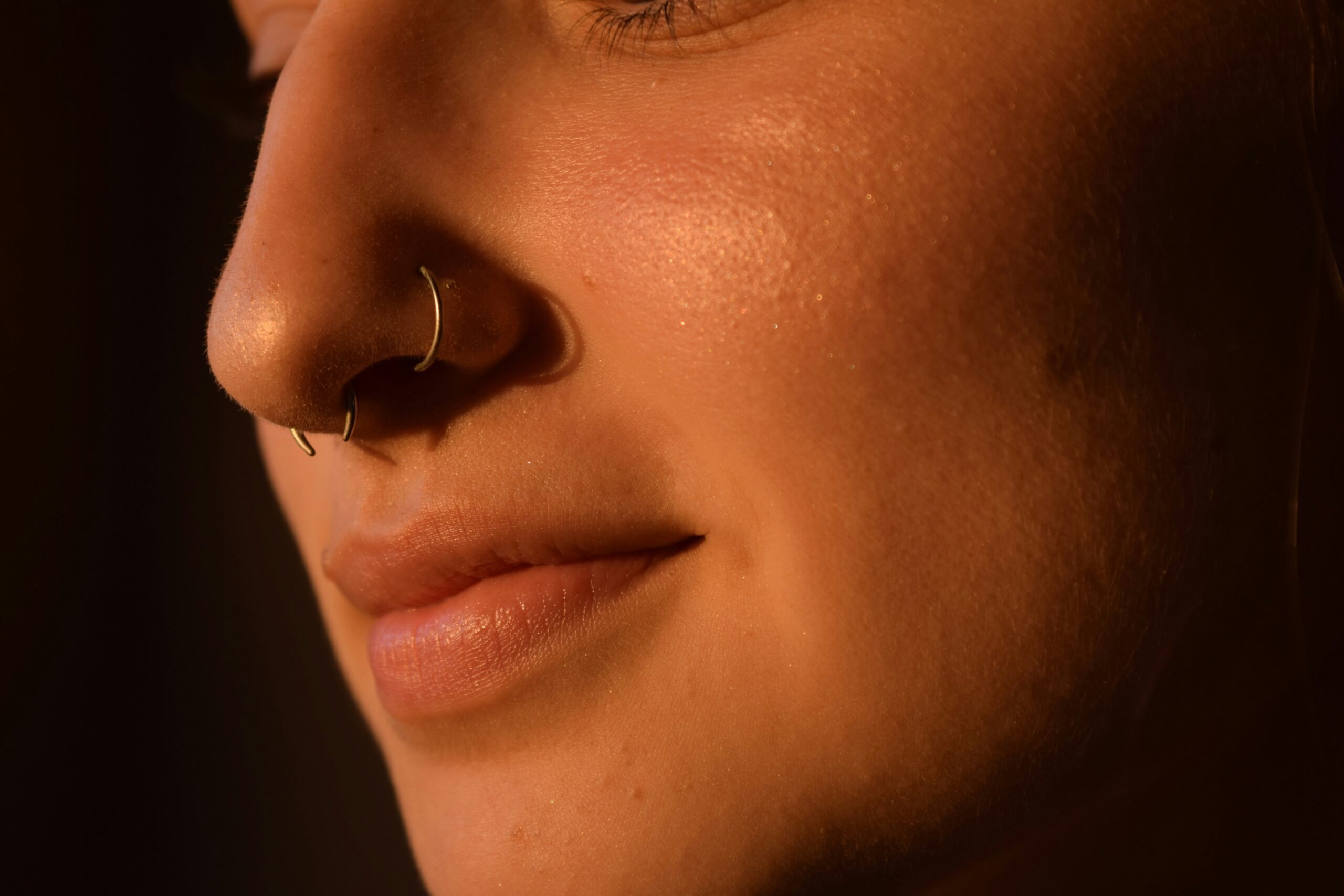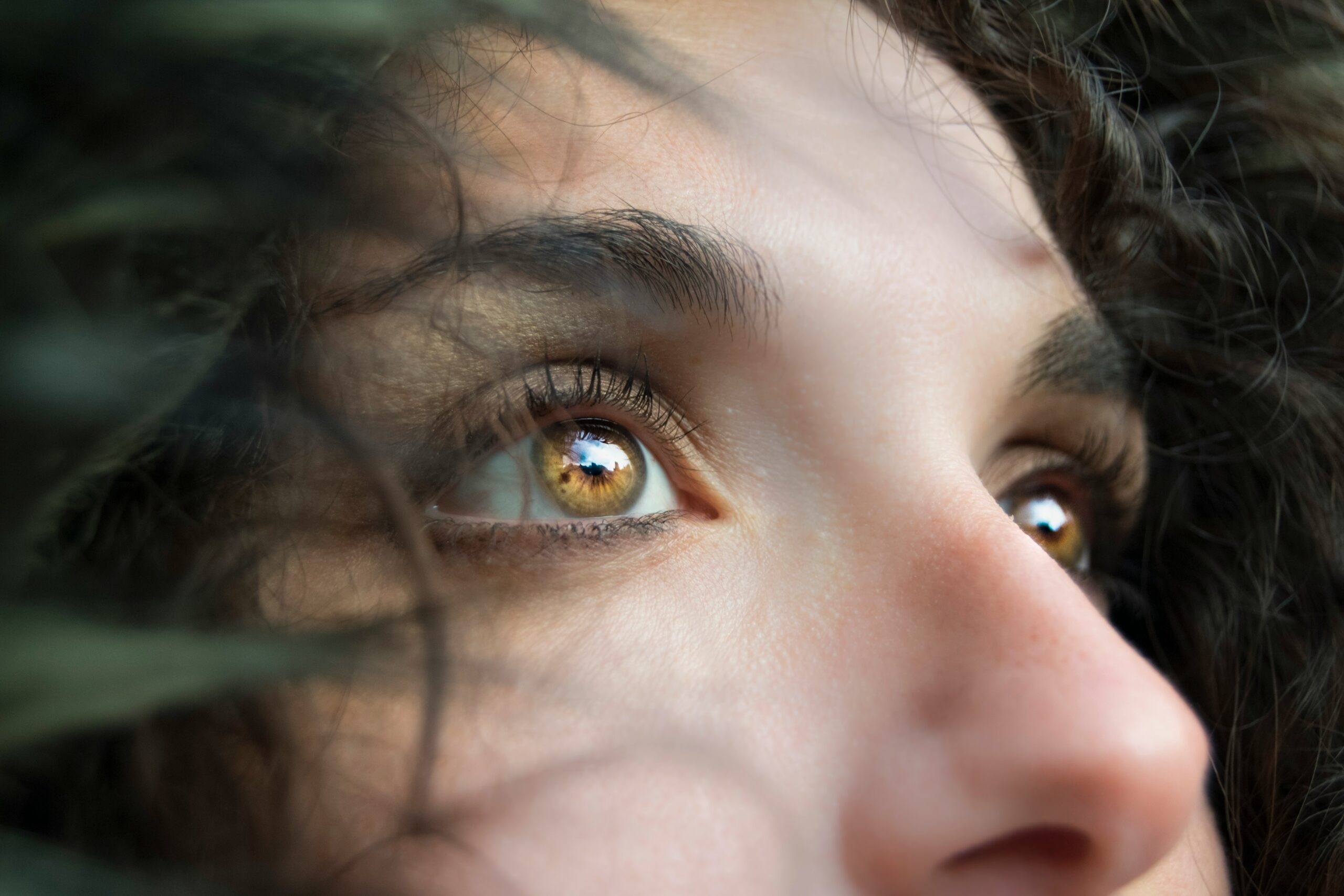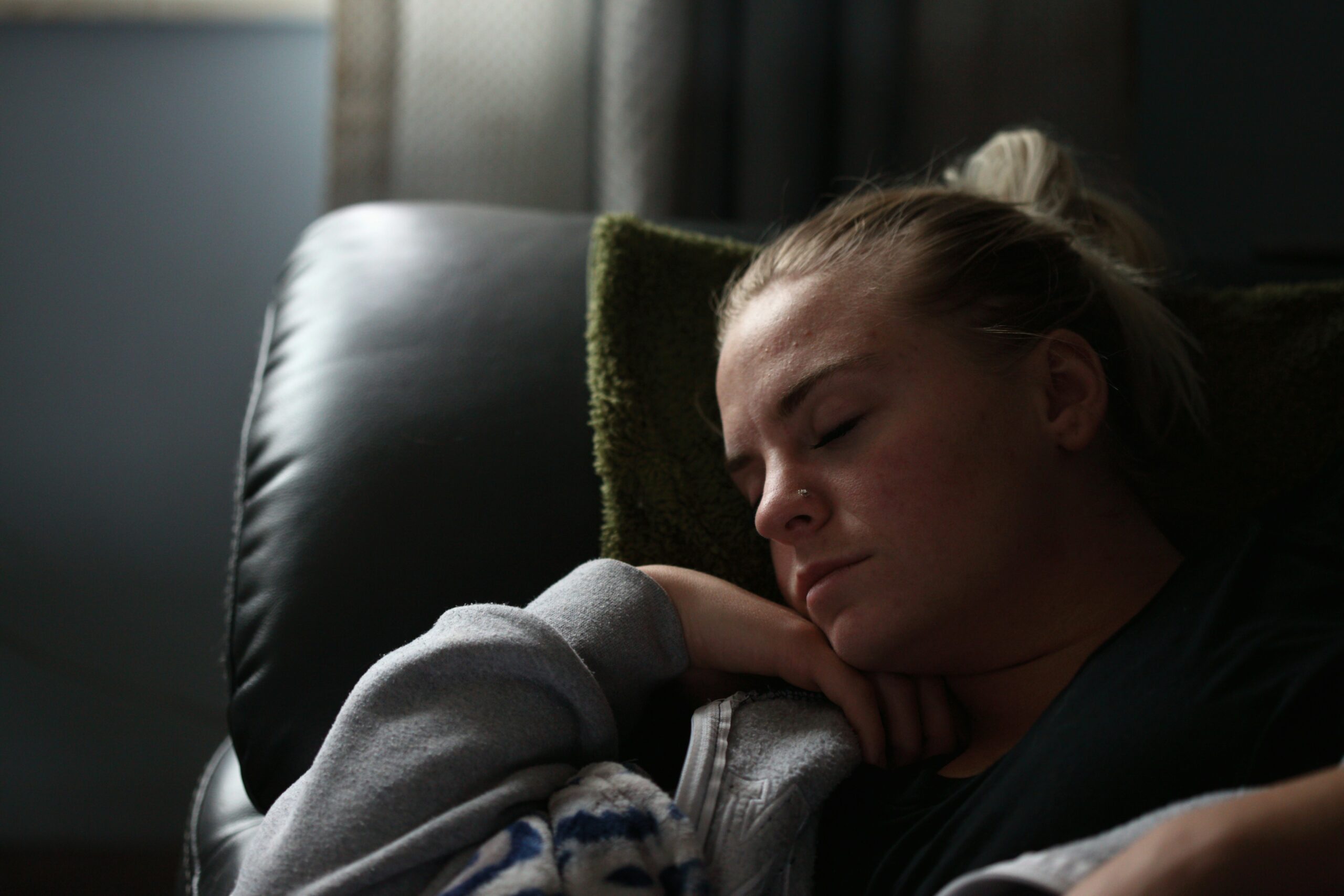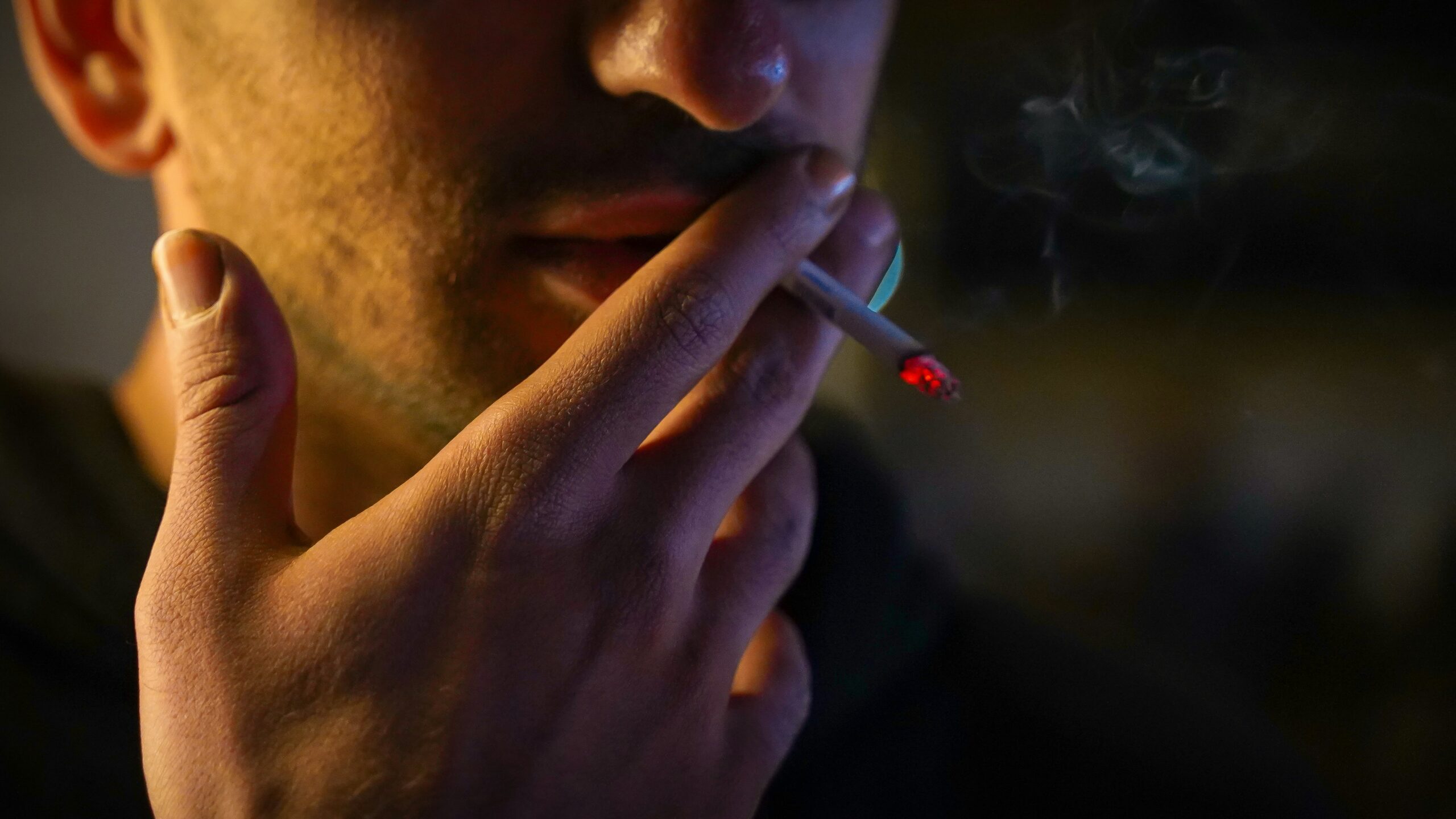A nose job is a most usual aesthetic surgical treatment. Plastic surgery procedures' main intention is to improve the physical appearance. Unhappy patients desire more invasive procedures to change their looks. Depending on the patient's requirements, the surgical method can vary widely in rhinoplasty.
Reduction or division of the bony and cartilaginous skeleton in a manner to preserve, for restoration after the surgery, some part/all/none of its native anatomical structure, creating deformities that are absent preoperatively. Before performing the treatment, one must carefully examine the nose with an evaluation of the nasal airway. Like all invasive surgery, there are risks involved with the procedure. As a result, the chances of developing issues in your rhinoplasty are possible.
Moreover, not all patients can perform it because of contraindications. However, there are also cases where nose surgery is recommended. Deformity correction has been challenging through powered control processes, and nasal airway maintenance and restoration can proceed with little difficulty. Post-op care encourages positive outcomes during a patient's recovery following rhinoplasty. A detailed clinical assessment and diagnosis and specification of the patient's expectations and goals defined by the surgeon are key to success.

Rhinoplasty is one of the hardest challenges that surgeons face. It is a complicated procedure that demands exhaustive knowledge of nasal anatomy and surgical techniques, with a focus on both the aesthetics and function of the nose. That said, a large percentage of patients in the US choose this aesthetic procedure type. The rhinoplasty technique has evolved significantly since John Roe![]() first described it in 1887
first described it in 1887![]() .
.
Nowadays, rhinoplasty is said to be much safer than it used to be. With advances in the understanding of nasal anatomy and a more proportional approach to surgery, cartilage grafting and obtaining proper sutures became part of this modern technique. Examining the nose, in particular, is critical to helping make surgical decisions and outlining the goals and expectations of what the patient wants before surgery. On the other hand, a poor outcome may generate detrimental influences on the patient's outcome perception, while favorable outcomes contribute manifold advantages.
The nose is one of the focus points in facial aesthetics; any significant changes due to surgery have major consequences on the perception of facial beauty due to the direct correlation between its proportions and symmetry. The nose, particularly after surgery, continues to remodel over time, and predicting what a reshaped nose will look like in the long term is also challenging. Surgeons have a variety of techniques for rhinoplasty. There are two types of surgery: open and closed surgery.
Of course, open rhinoplasty is performed much more often because it has its positives, too, such as improved visibility. With easier access to the operated part of the nose, the nose can be shaped much more precisely. It is also the most frequently used method for cases necessitating tissue repair.
However, the outcome of slicing open an external tissue is a surgical scar. Postoperative swelling is also larger and persists longer after the open method than the closed method, which should be noted since these two methods are very different in their invasiveness. Some patients prefer the open technique despite its greater invasiveness and postoperative scarring because of its lesser risk of repeat rhinoplasty.

Closed techniques are less invasive and involve internal incisions within the nasal vestibule, hiding surgical scars. Nevertheless, it should be kept in mind that access to derived nasal anatomical structures may, at times, be inadequate. Also, the closed technique is accompanied by a shorter procedure time and is less invasive for the patient, so he has a faster return to daily activity. However, it may not be the preferred technique in all situations due to restricted availability.
The specific steps in a rhinoplasty will differ from patient to patient based on the technique used and the goals you and your surgeon create together. One nasal structure often influences another, and changes in one will impact the entire nose and face. The external nose![]() is mainly made of bone and cartilage set amongst muscle, soft tissue, and skin. The nose, the name given to the most anterior part of the face from where the nasal bones meet at midline and transition into a cartilaginous septum, is significant about the aesthetics of contours that define facial features, specifically that of prominence along dorsal contour.
is mainly made of bone and cartilage set amongst muscle, soft tissue, and skin. The nose, the name given to the most anterior part of the face from where the nasal bones meet at midline and transition into a cartilaginous septum, is significant about the aesthetics of contours that define facial features, specifically that of prominence along dorsal contour.
Nasal surgery is a procedure that alters the nasal shape and form by modifying the size and position of the cartilaginous and bony components that comprise the nasal framework. The nose shape immediately after rhinoplasty usually concerns the tip of the nose and its size or involves the narrowing of nasal passages.
In younger patients, the cartilaginous portion of the nose can also be corrected. If the nose has a bony part, it will be better not to correct it until the bony part has completely grown. Nasal muscles are necessary to keep the external nasal valve patent. Hence, any muscle displacement and possible nasal valve dysfunction must be avoided during surgical maneuvers.
The internal nose![]() consists of the nasal vestibule, inferior nasal apices, and other structures that are important to aesthetics and the airway. The nasal septum greatly influences the dorsal projection of the nose, and septal deviations in these locations can result in external nasal contour deformity. Bleeding occurs during surgery because the nose has rich blood vessels.
consists of the nasal vestibule, inferior nasal apices, and other structures that are important to aesthetics and the airway. The nasal septum greatly influences the dorsal projection of the nose, and septal deviations in these locations can result in external nasal contour deformity. Bleeding occurs during surgery because the nose has rich blood vessels.
It could be purely cosmetic or purely reconstructive. Most patients have both aesthetic and functional motives. Rhinoplasty is promoted for a wide range of indications. While historically, it has been primarily reduction maneuvers performed for cosmetic purposes; it is currently indicated for repairing any functional or cosmetic deficiency of the nose.

Most people prefer nasal plastics because their nose shape is not suitable for assimilation with the face. Plastic surgery is a medicine branch that encompasses various aesthetic and reconstructive surgeries with the ultimate goal of enhancing individuals' lives. Plastic surgeons, guided by practice and experience, lead their patients to aesthetics and harmony of the outer image, which, in turn, reflects self-esteem and quality of life.
Optimizing nasal breathing is also needed for a subset of patients. Nasal patency is limited: Hence, restricted airflow through one or both nostrils and nasal passages results in the inability to breathe freely, a sense of obstruction, discomfort, and snoring during sleep. Nasal obstruction can occur due to different causes, such as congenital anatomical defects of the nose, like cleft palate, curvature of the nasal septum, or hypertrophy of the auricles of the nose. So, rhinoplasty is performed when you have no airflow, as in these cases.
Oncological![]() or traumatic
or traumatic![]() reconstruction is another indication of nasal surgery. Some accidents change the shape of the human nose so that it can never be returned to its original state due to getting hit on one's face. Next, the nose is revived (rhinoplasty) since trauma not only triggers an ugly appearance but can also play a role in serious health complications related to blockage of nasal function. The deformity of the nose may result from an underlying disease, where reconstruction will also be necessary to treat such malignant diseases. These may be harmless, or they can be a cancerous tumor of the nose, paranasal sinuses, or nasopharynx.
reconstruction is another indication of nasal surgery. Some accidents change the shape of the human nose so that it can never be returned to its original state due to getting hit on one's face. Next, the nose is revived (rhinoplasty) since trauma not only triggers an ugly appearance but can also play a role in serious health complications related to blockage of nasal function. The deformity of the nose may result from an underlying disease, where reconstruction will also be necessary to treat such malignant diseases. These may be harmless, or they can be a cancerous tumor of the nose, paranasal sinuses, or nasopharynx.
Sadly, there is no documented method to reliably determine which patients at high risk may experience dissatisfaction with their results. Surgeons must assess potential physical and psychological patients to determine whether surgery will help. In such cases, it is even more necessary to consider the contraindications. No one can get a nose-changing movement. Here are some major contraindications that we present to you.
Some of the mental illnesses are associated with external appearance. These include body dysmorphic disorders![]() , where there is a preoccupation with an imaginary or slight defect in appearance. Socialization is a problem for body dysmorphia patients, which leads to poor quality of life and a higher rate of depression. The responsibility of surgeons is to identify this diagnosis in the early perioperative period because postoperative symptoms might exacerbate and due to the high probability that any patient with body dysmorphic disorder will be unhappy with the results of surgery. The other concern is the risk of postoperative decompensation in poorly controlled depression
, where there is a preoccupation with an imaginary or slight defect in appearance. Socialization is a problem for body dysmorphia patients, which leads to poor quality of life and a higher rate of depression. The responsibility of surgeons is to identify this diagnosis in the early perioperative period because postoperative symptoms might exacerbate and due to the high probability that any patient with body dysmorphic disorder will be unhappy with the results of surgery. The other concern is the risk of postoperative decompensation in poorly controlled depression![]() . Mood symptoms should be stabilized before surgery is even considered.
. Mood symptoms should be stabilized before surgery is even considered.
A second contraindication is other frequent, documented airway obstruction and agitation episodes during sleep. This is a contraindication since those diagnosed with obstructive sleep apnea have an increased incidence of perioperative complications. An issue is asymptomatic sleep apnea. If you have significant signs of obstructive sleep apnoea, a polysomnography![]() may be needed, which is the gold standard for diagnosis. In other words, it is not a full contraindication per se. However, those with the condition should be educated about the dangers. Moreover, preoperative practices like using a special device should be initiated to prevent complications.
may be needed, which is the gold standard for diagnosis. In other words, it is not a full contraindication per se. However, those with the condition should be educated about the dangers. Moreover, preoperative practices like using a special device should be initiated to prevent complications.

Second, you are a patient with blood clotting disorder, which can complicate performing surgery. Disorders like these can lead to complications post-operation. Patients should be asked about their history of excessive bruising or bleeding during the routine check-up. Determining the consumption of drugs, supplements, or vitamins that interfere with the clotting cascade is equally essential. The long list of compounds features increased bleeding potential, so a thorough risk-benefit analysis should be performed.
Occasionally, an adolescent arrives at a plastic surgery office hoping to get a nose job. One unfortunate aspect is this surgery shouldn't be performed on teens. The procedure can be done soon after a parent approves and the patient is aged 15/17![]() , respectively (exact age depends on sex), and the individual circumstances of each case. Generally, it is performed when the nasal skeleton has grown fully and the configuration of the nose will not change substantially in the foreseeable future.
, respectively (exact age depends on sex), and the individual circumstances of each case. Generally, it is performed when the nasal skeleton has grown fully and the configuration of the nose will not change substantially in the foreseeable future.
This may be a contraindication for a recent rhinoplasty. They have had problems with their inner nose rather than the outer shape of the nose. If it is a person who had rhinoplasty first, then good results are not achieved after years. At the bare minimum, this is assumed to be a one-year![]() . Such a time frame allows an individual to assess the result and confidently entertain rhinoplasty contemplation.
. Such a time frame allows an individual to assess the result and confidently entertain rhinoplasty contemplation.
There is a risk associated with smoking before and after rhinoplasty surgery. Thus, given the many harmful systemic effects of tobacco, patients should be advised to quit smoking before surgery. In wound healing, however, smoking habit is one of the most important factors that impair wound healing, especially through reduced blood supply and affecting the function of fibroblasts and keratinocytes, which are necessary for tissue regeneration. Smoking cigarettes can also impact anesthesia.

The consumption of different kinds of illicit drugs is constantly linked with the possibility of experiencing numerous health complications. With rhinoplasty, one of the more problematic drugs is cocaine![]() . Therefore, patients inhaling this drug lead to maximally intensified vasoconstriction followed by chronic mucositis due to contaminants additive. All this, in all, leads to a very high risk of surgical complications. Elective nasal surgery should be discouraged in patients with a risk for septal collapse or impaired mucosal healing. Nasal surgery may be eligible in patients with a cocaine use history; however, as injury to a wound will likely lead to impaired healing so, each case should be considered on its own merits.
. Therefore, patients inhaling this drug lead to maximally intensified vasoconstriction followed by chronic mucositis due to contaminants additive. All this, in all, leads to a very high risk of surgical complications. Elective nasal surgery should be discouraged in patients with a risk for septal collapse or impaired mucosal healing. Nasal surgery may be eligible in patients with a cocaine use history; however, as injury to a wound will likely lead to impaired healing so, each case should be considered on its own merits.
Further, possible complications post-procedure will also be shared with the patient beforehand. Due to the articulating nature of bone, cartilage, mucosa, skin, and other soft tissue elements of the nose with each other one can see that a predictable result is difficult to attain consistently because inherent variable physiologic forces act on their delicate microvasculature during inflammatory healing after surgery.
Although serious complications are rare among experienced surgeons, each patient undergoes a different event postoperatively, which will differ in how they heal. Rhinoplasty complications can be categorized broadly into functional, aesthetic, hemorrhagic, infectious, and traumatic. During planning, rhinoplasty can be associated with nasal obstruction, bleeding, and infection. Nevertheless, long-term aesthetic![]() and particularly functional issues are the ones that give patients the most psychosocial discomfort.
and particularly functional issues are the ones that give patients the most psychosocial discomfort.